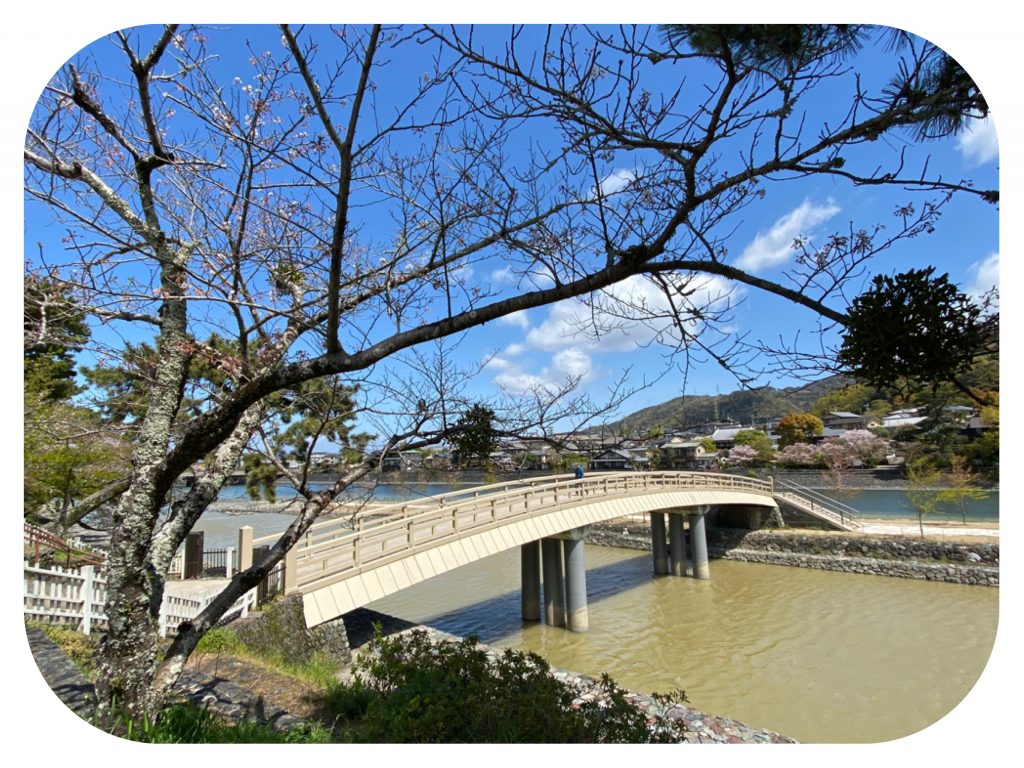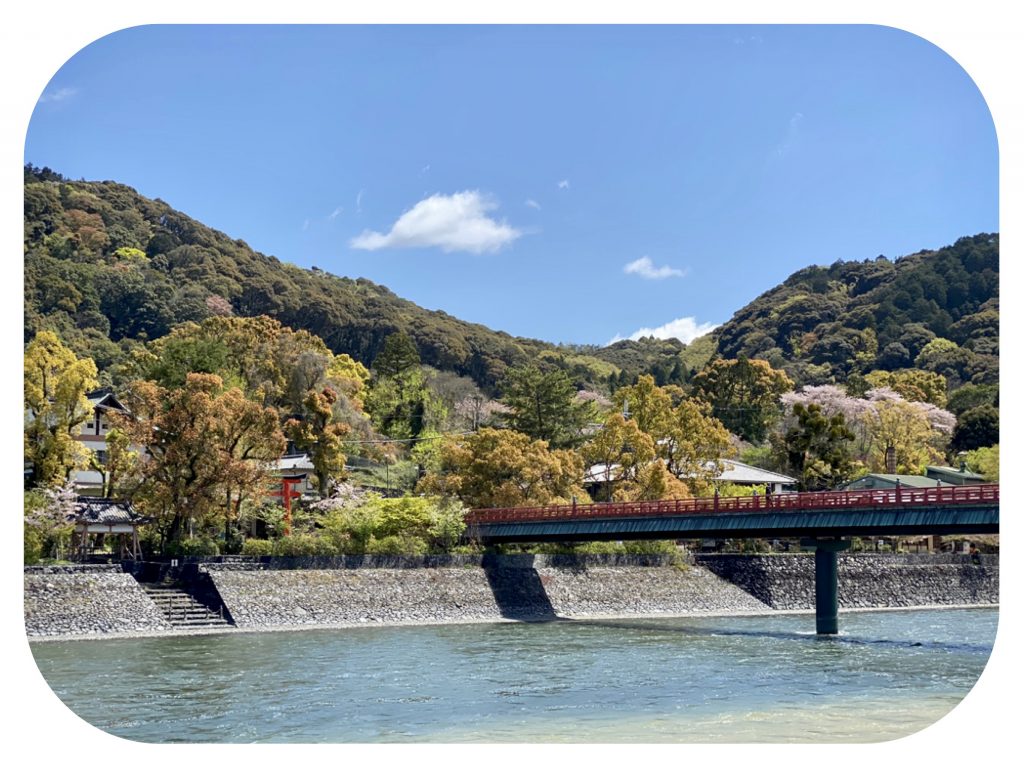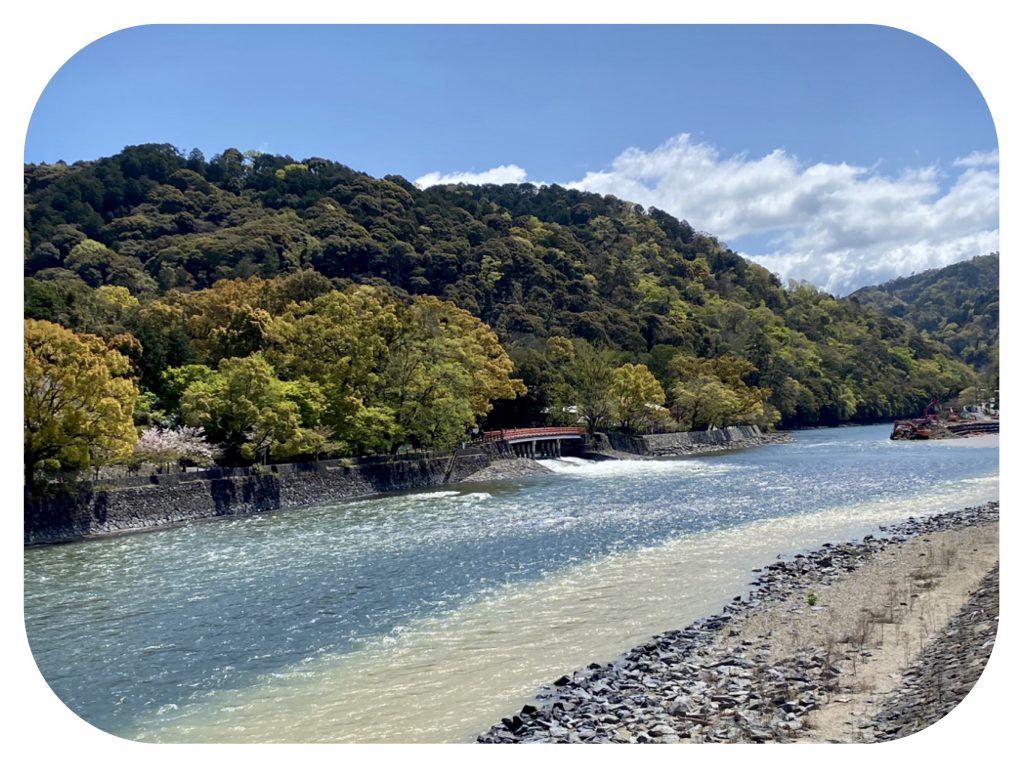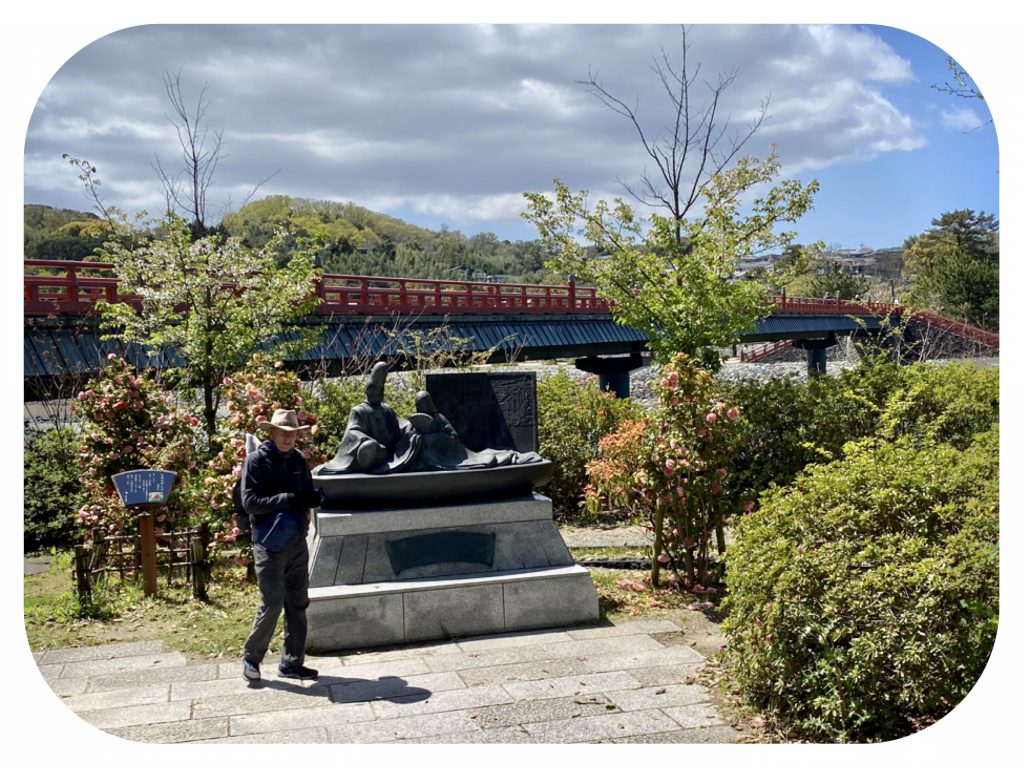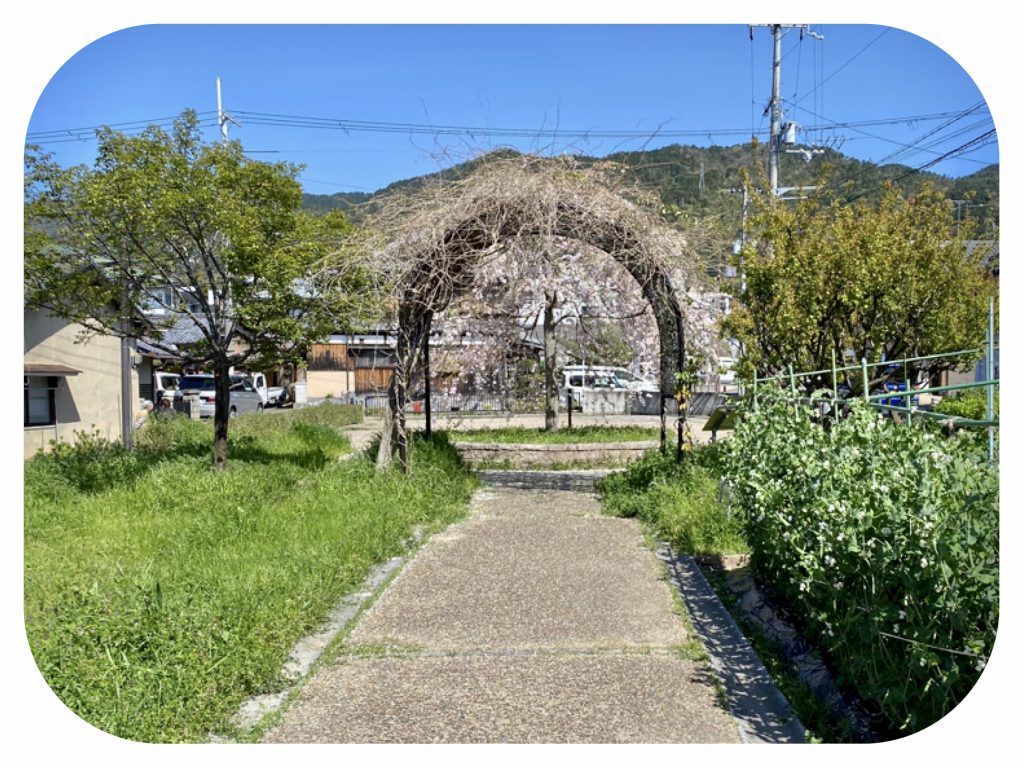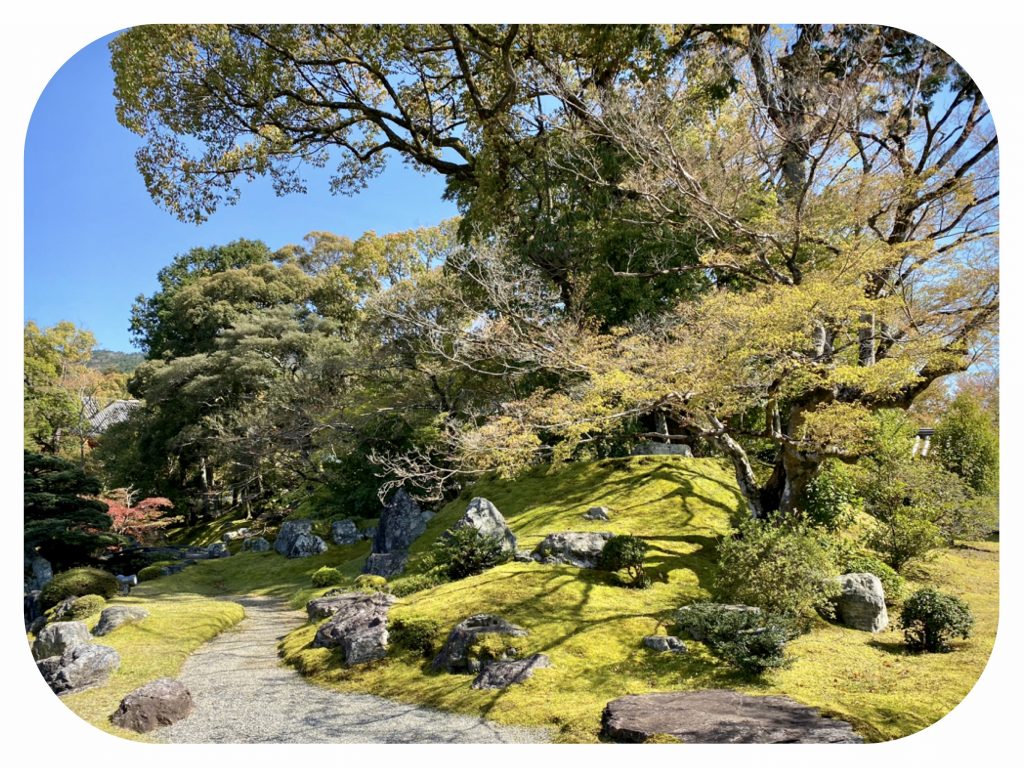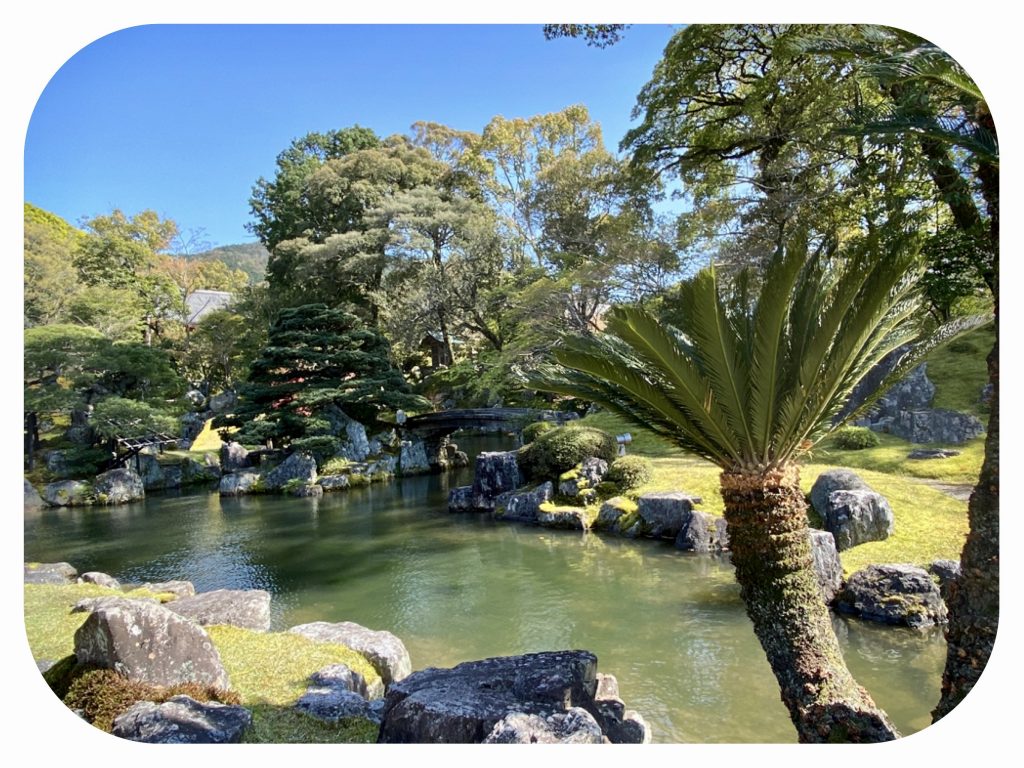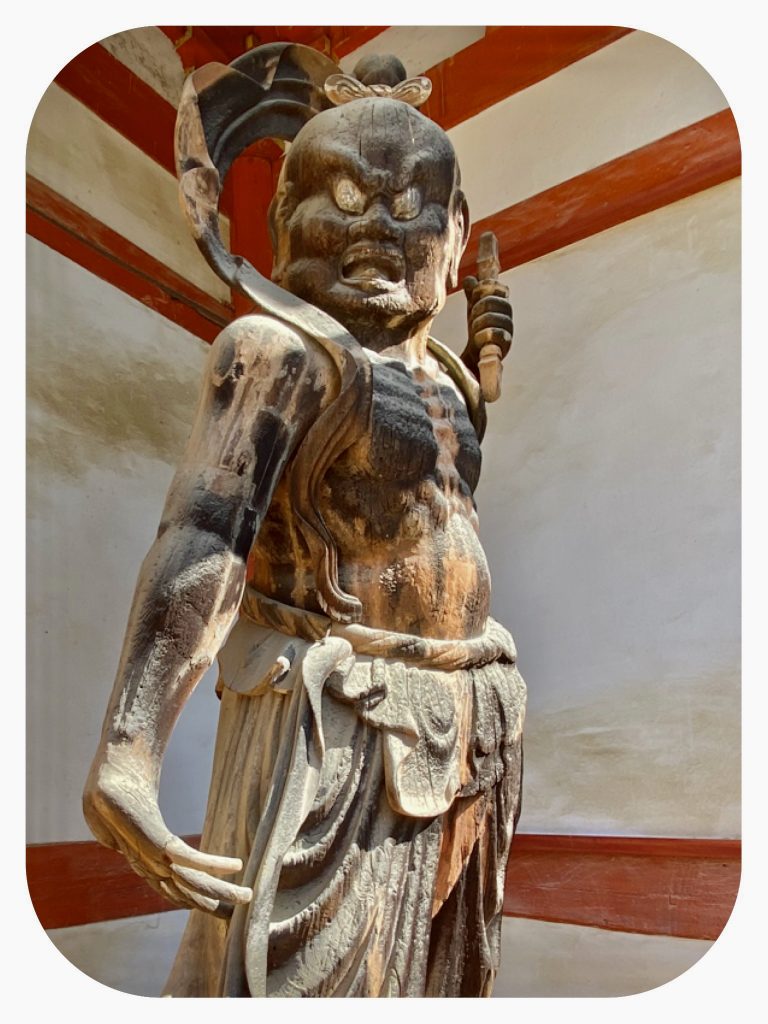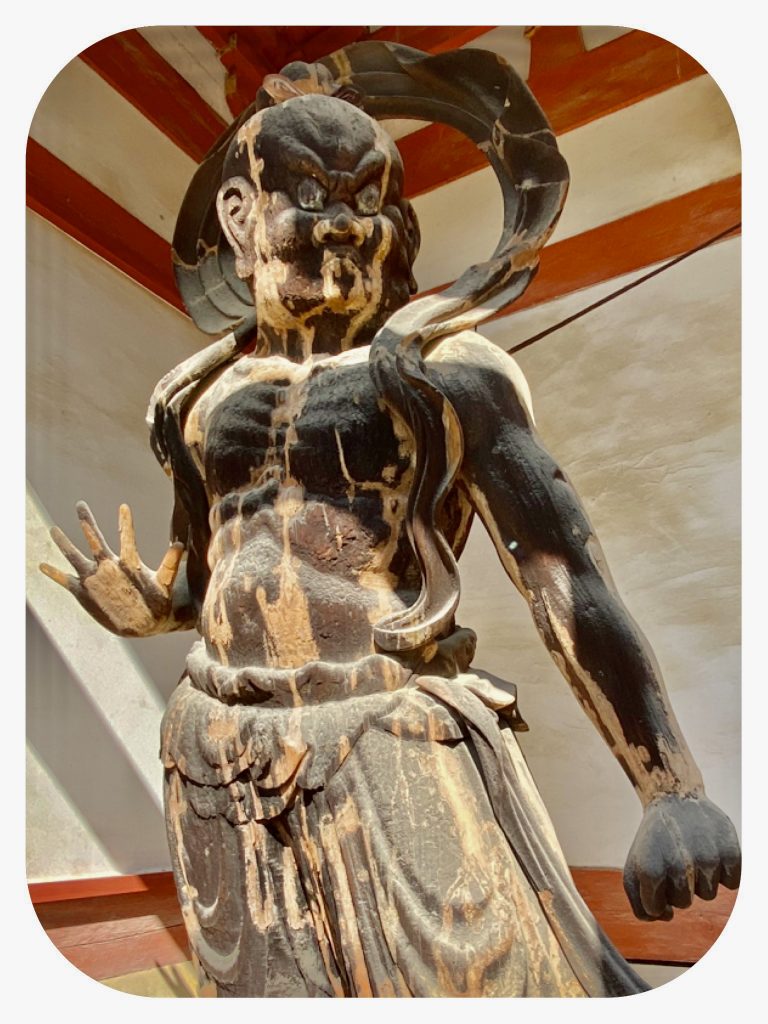Day 28 - The Road To Enlightenment - Walking The Saigoku Kannon Pilgrimage - Daigo-ji Temple #11 In Uji, and Bangai Temple #2 Gankei-ji In Kyoto
Day 28 - The Road To Enlightenment - Walking The Saigoku Kannon Pilgrimage - Daigo-ji Temple #11 In Uji, and Bangai Temple #2 Gankei-ji In Kyoto
Today the sun was shining after two cold days of rain, and we made plans to visit three temples.
We already walked the distance from Nara to Uji, so we started today’s walk from the Uji Train Station.
We did a short tour of Uji, which is a beautiful old town by the wide Uji river.
We walked to Byodoin Omotesando street, leading to the very scenic Byodoin temple.
The street is lined with green tea shops, selling Uji Matcha and sweets made from locally grown green tea, as well as snacks and food with a theme of green tea.
Then we crossed the river and walked by the river bank into the neighborhood on our way to Mimuroto-ji, Temple #10.
I was looking forward to visiting this temple, which is famous for its amazing flower gardens, with varieties of plants that bloom at different times of the year, making it a beautiful place to visit year round.
But the temple was closed, and the two workers who were working nearby told us that it will be closed until Saturday, April 18.
Because of the coronavirus, they get a lot less visitors during the week, so they decided to open only on the weekends, when many more people visit.
We will still be in Kyoto this weekend, so we could visit the temple then, but the temple’s website has a splash page that say that they will not be doing stamps and red seals, until after the lockdown, even though they will charge visitors the entrance fee and will allow visits.
It is a bit of a bummer because we still have lots of walking and two other temples fo visit in the mountains of Kyoto, and dedicating another day to going back to a temple that we have already walked to, is a bit disappointing.
But we must adjust to all current situations and truly become easy going.
From there we walked for two hours to Temple #11, Daigo-ji (醍醐寺).
Along the way we stopped for lunch at a small Nepalese restaurant.
Indian and Nepalese food in Japan, consists mostly of nan bread with a creamy dipping sauce that they call curry.
We were grateful that they were open and serving food, and it was vegetarian, but it did give me a bit of indigestion.
I had the intention of having lunch at a traditional old Japanese restaurant, situated in a lovely garden, but they were closed until further notice because of the coronavirus.
We arrived at Daigo-ji temple and were happy to see that it was open.
We paid the admission to get in, but the ticket did not include entering the garden, which we were only allowed to view from outside.
It was a beautiful manicured Japanese garden with a pond, rocks, harmoniously trimmed trees, pebble stone walkways and mossy grass.
Bodai-ji is Shingon temple founded in 874 by a Buddhist monk called Rigen-daishi (Shōbō).
Shōbō built his hermitage on top of Kamidaigo mountain, where he discovered a spring of spiritual water named Daigo, through following the guidance of a local god named Yokoo Daimyojin.
Shōbō dedicated his hermitage to the Goddess Kannon and enshrined her statue here.
In the year 930, Emperor Daigo fell very ill.
He abdicated his position as an emperor and entered the Buddhist priesthood at this temple.
As a monk, he took a Buddhist Dharma name calling himself Hō-kongō.
He died shortly after, at the age of 46.
He was buried in the temple.
The temple has a gate decorated with bright golden symbols.
The kondō and the five-story pagoda are designated national treasures of Japan, along with other artworks.
The five story pagoda, built in 951, is the oldest surviving building in Kyoto.
The Onin war ravaged many of Kyoto’s buildings in the 15th century.
The entrance to the pagoda is separated from the Kondo, and there are more buildings and halls that stretch further up the mountain.
When we arrived, monks in yellow golden robes and white tabi socks were chanting in the hall.
The Go-Shuin office is right next to the hall, and it felt strange to dry the freshly inked stamp on the scroll with a hair dryer, while the monks were chanting.
It felt almost disrespectful, but we just followed the instructions of the monks who stamped our book and scroll.
The chanting monks did not even seem to notice.
From Daigoji, we walked towards Kyoto.
We passed by many neighborhoods, until we reached Bangai temple #2, Gankei-ji.
We arrived at Gankei-ji shortly after four in the afternoon.
The old monk was already collecting the coins dropped in the wooden box in front of the main hall, and cleaning up the big incense bowl.
It is a Tendai Buddhist temple, located on a quiet street in the Yamashina Ward of Kyoto City.
It is also called Kazan-ji temple, because Emperor Kazan, (968 – 1008), who was the 65th emperor of Japan, abdicated his role as emperor in this temple.
Kazan renounced his throne and the world, and became a Buddhist monk.
Two of Kazan’s court advisors decided to follow the former emperor's example and became Buddhist priests themselves.
Many come here to worship, and the temple also holds a gathering to copy Buddhist sutras by hand, on the 8th of every month.
Kazan also enshrined the deity of Yakushi Nyorai in this temple, which is shown to the public just once every 33 years.
From there we walked to Tofukuji station in Kyoto, and then took the train back to Nara.
It was getting late and we were too tired to go out to eat.
We bought some fresh strawberries, an orange and a few bananas and rice balls, and ate them in our room.
That night I thought about the world of appearances that we dream we live in.
The temples we visited today told the historical facts of two emperors who gave up social and political powers, riches and influence, to become Buddhist monks, devoting their time and efforts to understanding the teachings of the Buddha.
So many people in the world today buy into the delusions of the world, and are mesmerized by the beauty and comforts of the world of dreams.
As we saw just now, it all collapses in upon itself quite quickly, for the world of dreams has no legs to stand on....
But this will be over soon, and people have the ability to dream many more dreams....
With blessings and loving light,
Tali and Jules
Daily stats:
Steps walked - 32,008
23.5 km. walked
Active walking time - 6 hours
Total walking time today - 7 hours.
Total walking distance on the Saigoku to date - 543.5 km
Temple Visited:
Temple #11 - Daigo-ji 醍醐寺 in Uji
Bangai #2 - Gankei-ji Temple in Kyoto



